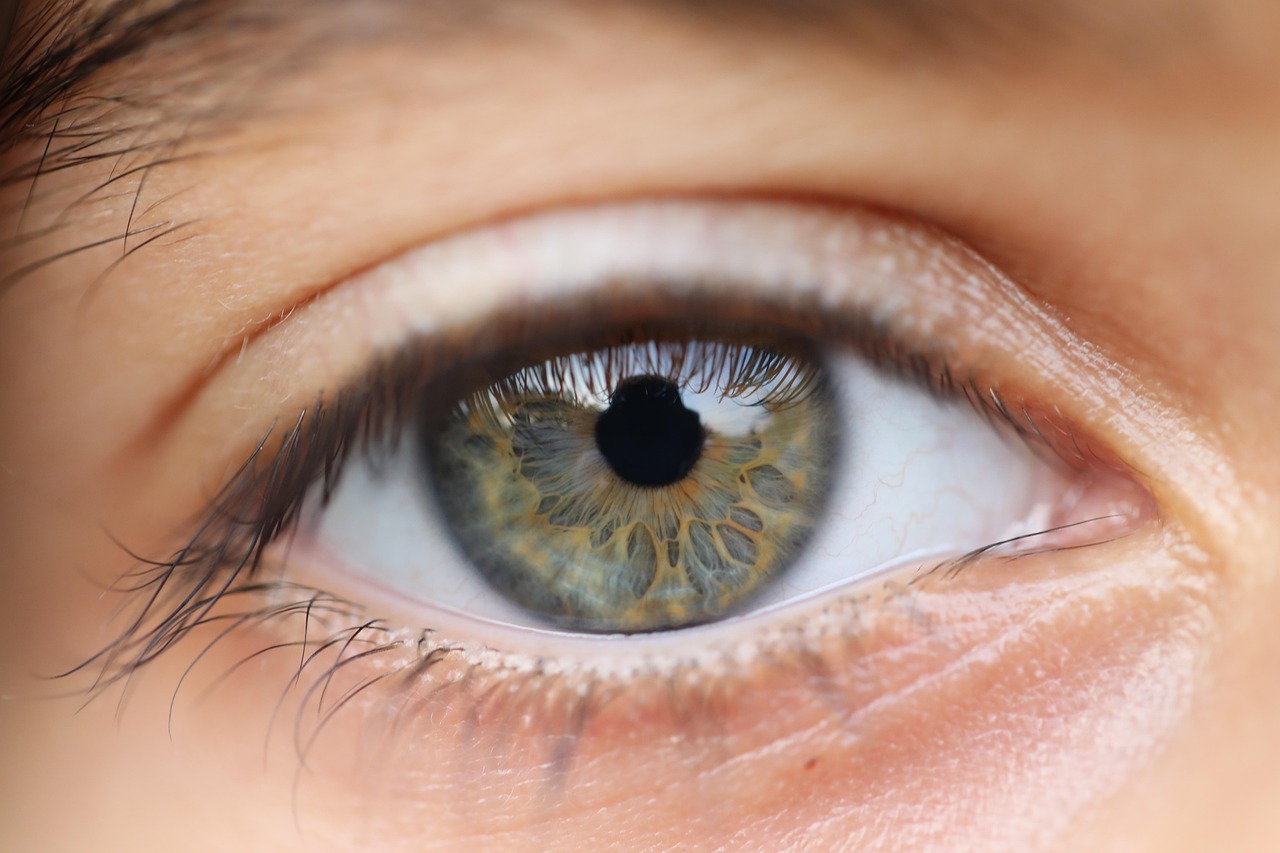Unmasking the Truth: Understanding Eye Bags and Their Treatments
When we think of facial beauty, it's the eyes that often draw attention. However, various factors such as aging, stress, and lifestyle habits can lead to the development of under-eye bags, which can affect the overall appearance of the face. Over time, under-eye bags have become a shared concern among individuals of all ages. In this article, we explore the causes of eye bags, their significance in our culture, and the range of treatments available today.

A Historical Perspective: Eye Bags and Beauty Standards
Historically, facial features, including the area around the eyes, have played a significant role in defining beauty standards across cultures. This focus has remained consistent over the centuries, with the eyes often considered the most expressive feature of the face. As such, any changes or irregularities, like under-eye bags, are quickly noticed and often seen as detracting from one’s beauty.
For years, under-eye bags were regarded as a sign of aging. In many ancient cultures, they were associated with wisdom and experience, but not necessarily youth or beauty. With the advent of the modern beauty industry, the perception of under-eye bags shifted drastically. Today, they are considered an aesthetic concern, often associated with fatigue, stress, and aging.
The Science Behind Eye Bags
Before delving into treatments, it’s essential to understand why under-eye bags form. The skin around our eyes is incredibly delicate, much thinner than the skin elsewhere on our bodies. As we age, the tissues and muscles supporting our eyelids weaken, causing the fat that helps support the eye to migrate downwards into the lower eyelids, creating a puffy appearance. Additionally, fluid can accumulate in the space below your eyes, enhancing the ‘bag’ effect.
Lifestyle factors also play a role in the development of under-eye bags. Lack of sleep, excessive salt intake, smoking, and alcohol can exacerbate puffiness. Even genetic predisposition can contribute to the likelihood of developing under-eye bags.
Contemporary Treatments: From Home Remedies to Advanced Procedures
Over the years, a wide range of treatments have emerged to address under-eye bags. These range from simple home remedies to complex surgical procedures.
At home, remedies include cold compresses, cucumber slices, or chilled tea bags applied to the eyes. These methods work by reducing swelling and tightening the skin temporarily. Skincare products such as eye creams or gels containing ingredients like retinol, hyaluronic acid, and caffeine are also popular for their ability to minimize puffiness and tighten the skin.
However, for more severe cases, these methods may not suffice. Fortunately, advancements in cosmetic procedures have provided more permanent solutions. Blepharoplasty, for example, is a surgical procedure that removes excess fat and skin from the lower eyelids. Non-surgical options like fillers can also be effective, adding volume to the cheeks to reduce the appearance of bags.
The Impact of Social Media on Perception and Treatment of Eye Bags
The rise of social media has significantly influenced how we perceive and address under-eye bags. With the proliferation of selfies and close-up shots, the focus on facial features, including the under-eye area, has been magnified. The desire for a ‘perfect’ and youthful appearance is continuously reinforced, prompting individuals to seek solutions for under-eye bags.
Moreover, social media has also become a platform for sharing treatment experiences. Users post before-and-after photos, review products, and discuss their experiences with various procedures. This sharing of information has made it easier for individuals to learn about and access treatments, contributing to the growing popularity of both non-surgical and surgical solutions.
A Balanced Approach: Understanding the Need and Options
While under-eye bags are common and often a natural result of aging, it’s essential to consider why you want to address them. If they’re the result of lifestyle factors, implementing healthier habits may be the first step. If they’re causing significant distress or affecting self-esteem, then exploring treatment options may be worthwhile.
The range of treatments available today is vast, and what works best will depend on individual needs and circumstances. It’s crucial to consult with a healthcare professional or dermatologist who can provide personalized advice and guide you towards suitable treatment options.
In conclusion, while eye bags can be a cause of concern for many, understanding their causes and available treatments can provide clarity and direction. After all, our eyes are often the first thing people notice about us, making their care an essential aspect of our overall wellbeing.
